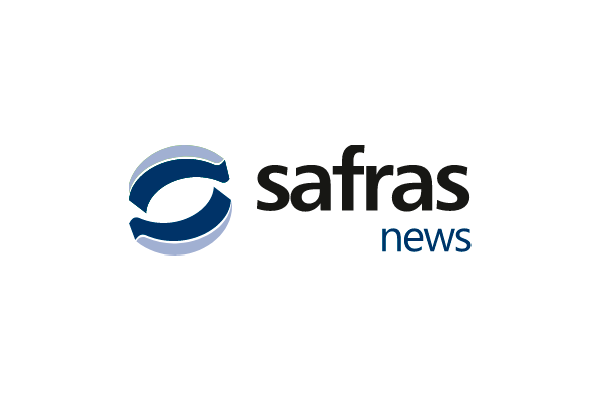The Brazilian domestic physical coffee market is taking divergent paths for arabica and conillon. While arabica shows signs of slowing its upward movement, conillon remains firm at the beginning of September. In the case of arabica, losses on the NYSE are offset by the rise in the dollar, causing the market to move sideways. However, slightly weaker differentials in the FOB market may weigh on the negative side. Good cup from southern Minas Gerais starts September quoted at BRL 1,430 per 60-kg bag, which corresponds to USD 253 per bag. Despite the decline compared to last week, it is still a level well above the same period last year, when it was changing hands in real terms (deflated by the IGP-M index) at BRL 846 per bag. The current market price is also well above the five-year average (BRL 933 per bag), which reinforces the favorable moment for sellers.
The fact is that the coffee price on the international market has been accumulating significant gains since April, when the lack of rain compromised blossoming and the potential of the next robusta crop in Vietnam. The London exchange soared and pushed arabica up. The smaller-than-expected output in Brazil reinforced gains at the NY terminal and led to a drastic change in the behavior of the global industry, which was more active in the market seeking to replenish its stock levels. In the case of the European Union industry, there was also the added concern of the EUDR (EU Regulation for Deforestation-Free Products) coming into effect in 2025. This resulted in the formation of protective stocks. In short, production losses and the supply cut ended up catching buyers unprotected, which accelerated the flow of purchases and helped to give consistency to the rise in international prices.
However, the coffee price has already surged, which has generated complaints from buyers. The difficulty in passing on the price increase, combined with a more comfortable position of reserves, has caused the industry to lose some momentum, which has affected market liquidity. The result has been difficulty in sustaining more significant gains. This gets quite clear when watching the behavior of prices in August, especially with the difficulty of sustaining more significant gains.
The finest cups are trading between BRL 1,495 and BRL 1,500 per bag, something around USD 265 per bag, and keep rising. The scarcity of coffee lots with a larger screen continues to be a distinguishing feature of this season. The situation is worse in the south of Minas Gerais, where the percentage of large screen does not exceed 15% of production, well below the normal 30% to 35%. The situation is similar in Mogiana, São Paulo, where this percentage ranges between 15% and 18%. In the Cerrado region of Minas Gerais, the percentage rises to 20%, perhaps 25%. Even so, it is well below normal. In the Matas region of Minas Gerais, the percentage of wider screen varieties is between 25% and 30% of the crop, closer to normal, but still below. A smaller bean crop explains the higher value for descriptions with screen 17/18 in exports.

